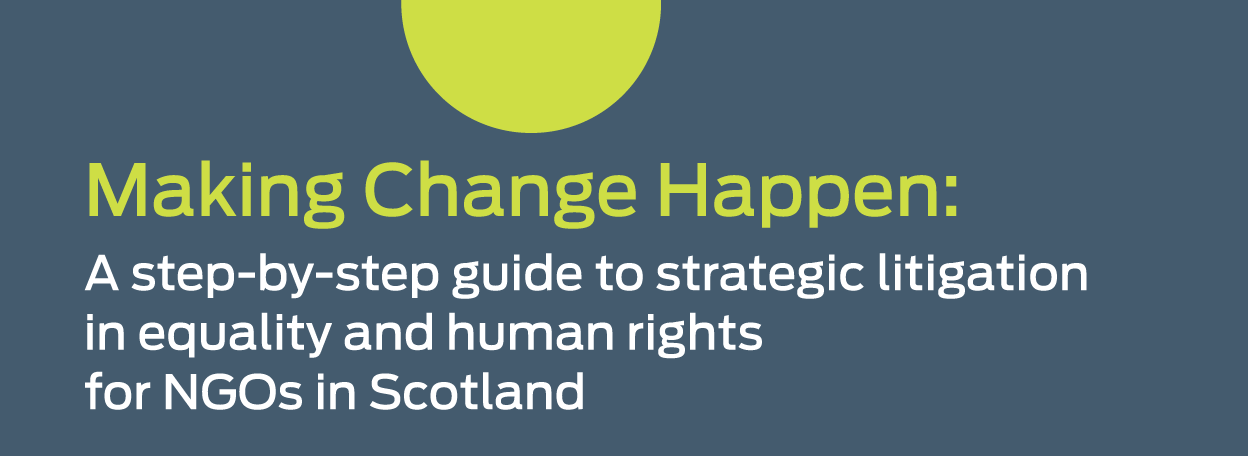Making a Complaint
Complaint to a public service
All public bodies should have complaints procedures, and even where these do not exist or are not publicised, there is nothing to prevent people from making a complaint.
Most public services in Scotland have a two stage complaints procedure.
Most public services in Scotland have a two stage complaints procedure.
|
Stage 1 Make the complaint. This can be done in person, by phone, by letter or email. |
Stage 2 The public body investigates the complaint. |
Outcome The outcome of the investigation should be issued to the complainer no more than 20 working days after the complaint is lodged unless there is clearly a good reason for needing more time. |
Making a direct complaint can often lead to effective remedy in an individual situation quickly.
However, it is also possible for groups or communities to write collective complaints to raise an issue with a public body.
If the issue and outcome of a complaint is publicised widely, this can be used to raise awareness of an issue to bring about wider practice or attitudinal change.
However, it is also possible for groups or communities to write collective complaints to raise an issue with a public body.
If the issue and outcome of a complaint is publicised widely, this can be used to raise awareness of an issue to bring about wider practice or attitudinal change.
Complaint to an Ombudsman
Once a public service complaints procedure has been exhausted, there is usually an onward right of complaint to an ombudsman.
The main ombudsman in Scotland is the Scottish Public Services Ombudsman (SPSO).
It does not cost any money to make a complaint to the SPSO.
The main ombudsman in Scotland is the Scottish Public Services Ombudsman (SPSO).
It does not cost any money to make a complaint to the SPSO.
|
Who? The SPSO is the final stage for handling complaints about councils, the National Health Service, housing associations, colleges and universities, prisons, most water providers, the Scottish Government and its agencies and departments and most Scottish authorities. |
When? You should usually complain to the SPSO within 12 months of the reason for the complaint. The SPSO cannot investigate complaints which have already been taken to a court or tribunal. |
How? When the SPSO make a decision on a complaint, it cannot change the public body’s decision but they can make recommendations which public bodies are expected to carry out, and the SPSO checks to make sure that they do. |
Most of the SPSO’s decisions are available publicly. SPSO investigations can lead to wider improvement across a council, health board etc and sometimes across a whole sector.
Other ombudsmen include:
- Scottish Information Commissioner who handles complaints around freedom of information
- Police Investigations and Review Commissioner for Scotland who considers and reviews the way the police handle complaints from the public
- Parliamentary and Health Service Ombudsman is responsible for considering complaints relating to UK Government departments and agencies (though the health service aspect of this ombudsman’s jurisdiction applies to England only)
- Care Inspectorate deals with complaints relating to care, social work and child protection services.

